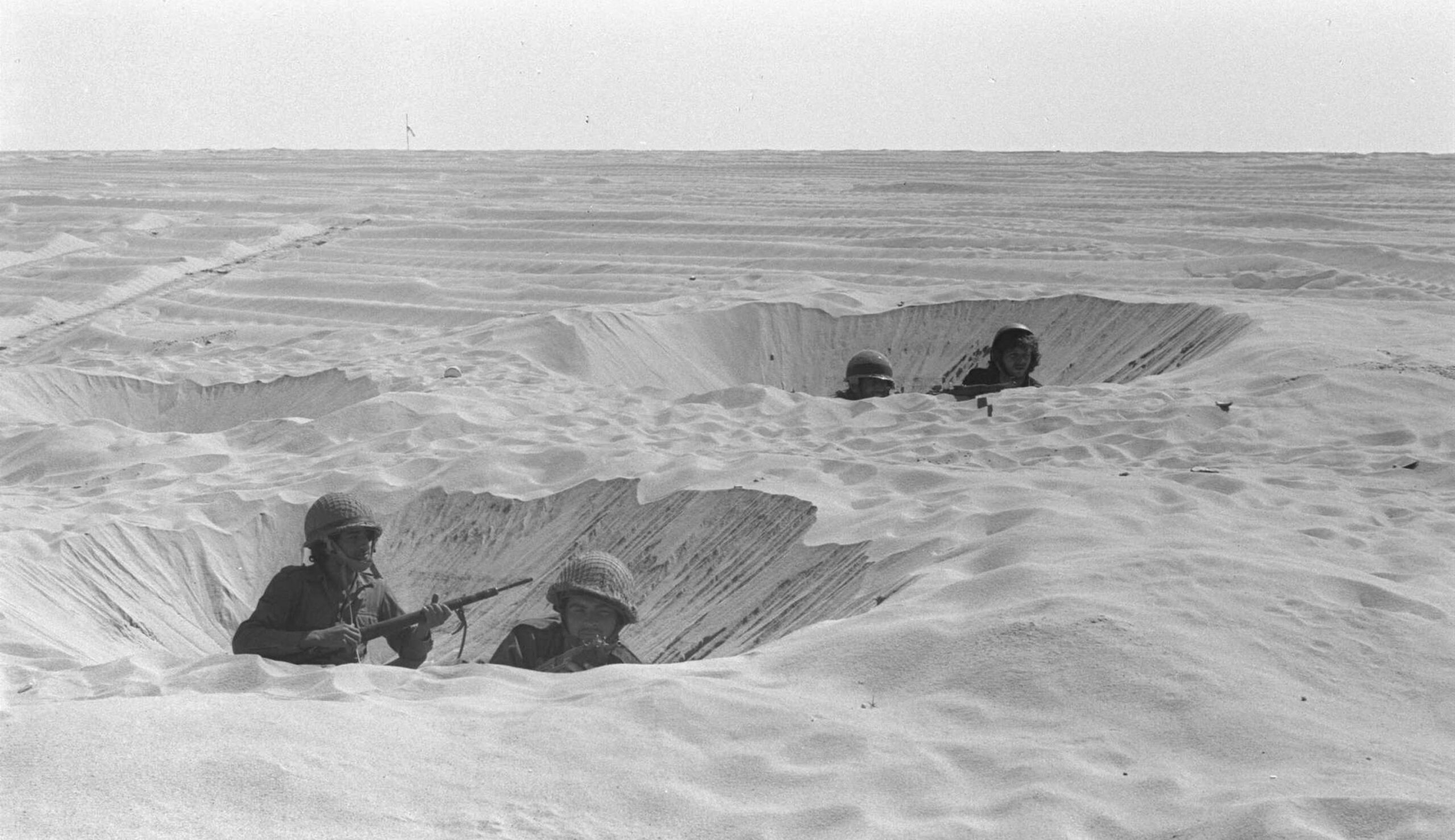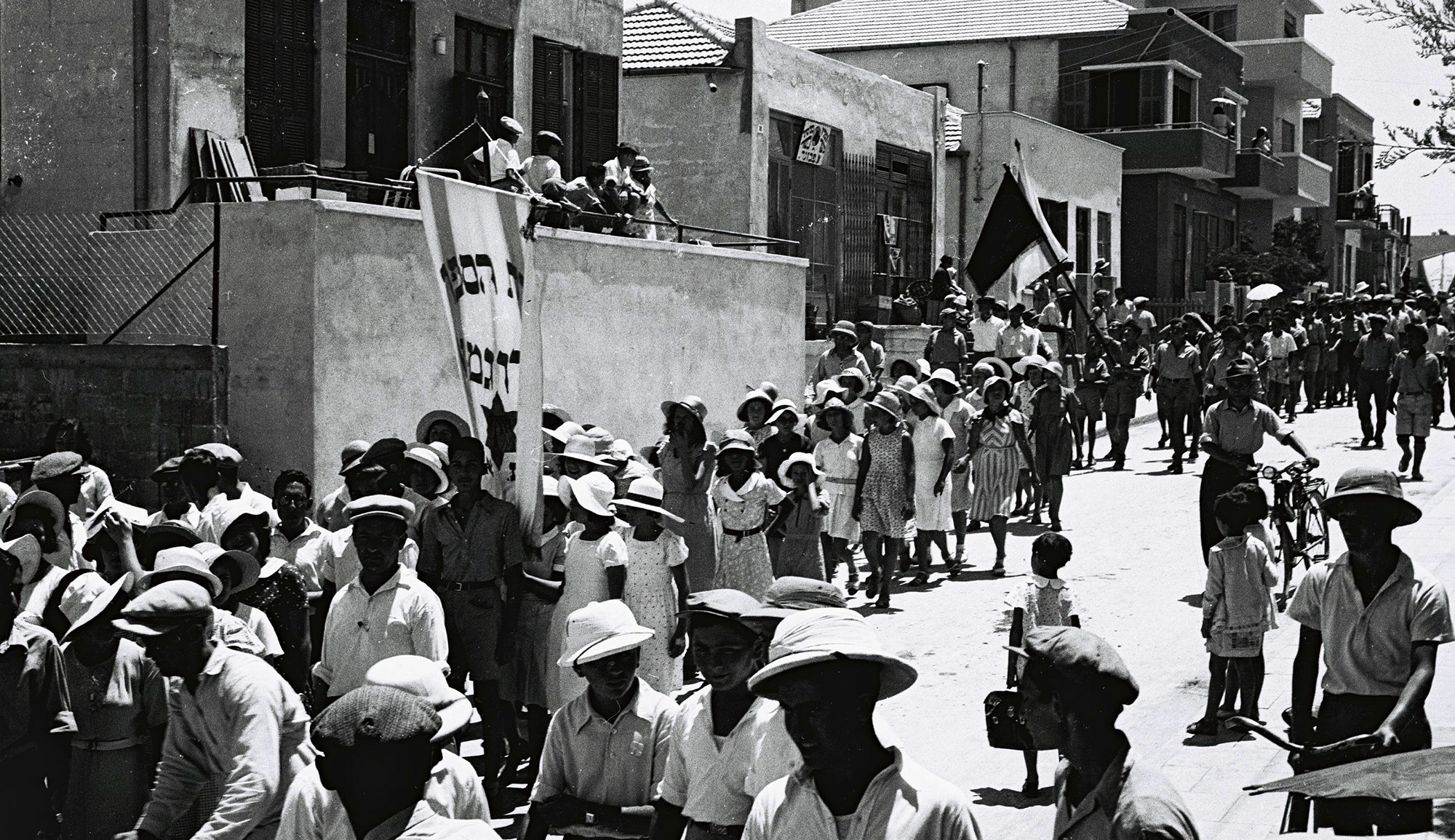Best known today for his poignant pictures of Jews from Poland and sub-Carpathian Ruthenia (a region now located in the southwesternmost corner of Ukraine), Roman Vishniac was an accomplished photographer whose work took in a variety of locales and subjects. A new exhibit on display at San Francisco’s Contemporary Jewish Museum, and an accompanying volume, show off his oeuvre, as Diane M. Bolz writes:
The exhibition . . . embodies a reappraisal of Vishniac’s total body of work—from his Berlin street photography of the 1920s and early 1930s, through his portraiture and documentary images of the postwar period in America, to his groundbreaking efforts in color photomicroscopy (photography through a microscope) of the 1950s to 1970s. A versatile, prolific, and innovative photographer whose career spanned more than five decades, Vishniac brought his Rolleiflex and Leica cameras, along with his eye for bold composition, to such diverse subjects as stylish pedestrians on cosmopolitan streets, Orthodox Jews in rural villages, performers in New York nightclubs, and children in displaced-persons camps. For those who are familiar only with Vishniac’s widely published images of East European Jews, the exhibition and book will be a revelation.
More about: Arts & Culture, East European Jewry, Holocaust, Photography, Roman Vishniac


